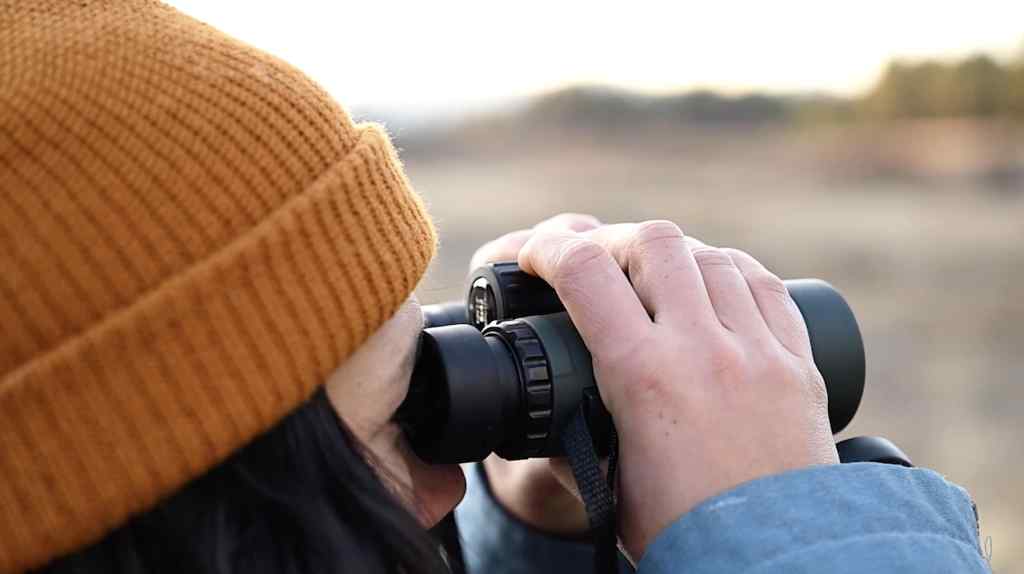Best Dobsonian Telescopes: What You Need to Know for Photography?
When it comes to engaging deeply with the universe, best dobsonian telescopes offer a unique blend of simplicity, affordability, and high-quality performance that appeals greatly to professional photographers. Whether you're aiming to capture stunning nebulae, star clusters, or the intricate details of the moon, a Dobsonian telescope can be an exceptional choice. In this article, we will delve into everything you need to know about selecting the best Dobsonian telescopes, ensuring you make the ultimate choice for your photographic expeditions.
Dobsonian telescopes, renowned for their stability and ease of use, make celestial imaging not just possible but deeply enjoyable. With their large apertures and ease of tracking celestial bodies, they are perfect for photographers who require high levels of detail in their astrophotography works. Let's explore the benefits of Dobsonian telescopes, their features, and recommendations for the best options available in the market today.

Why Choose Dobsonian Telescopes?
Dobsonian telescopes are uniquely designed for community and professional use, combining an altazimuth mount with a reflector design to provide astronomers with a stable and large aperture instrument for incredible stargazing experiences. The appeal of these telescopes extends beyond their simple design:
1. Affordability
Compared to other types of telescopes, Dobsonian options are relatively budget-friendly. This makes them accessible for amateur and professional photographers alike, who are eager to delve into astrophotography without breaking the bank.
2. Portability
Many modern Dobsonian designs are lightweight, making them easy to transport. This feature becomes increasingly important for photographers who venture into remote locations for the best shots.
3. Exceptional Light Gathering Ability
The large apertures typical of Dobsonian telescopes allow them to gather substantial amounts of light. This aspect is crucial for capturing faint details in the night sky, making these telescopes ideal for both visual astronomy and astrophotography.
Key Features of Dobsonian Telescopes
Understanding the critical features of the best dobsonian telescopes can greatly influence your decision. Here are several essential aspects to consider:
1. Aperture Size
The aperture size determines how much light the telescope can capture, which directly influences clarity and detail. A larger aperture provides better visibility of distant celestial objects.
2. Mount Type
A Dobsonian telescope is typically mounted on a simple wooden or metal base, ensuring smooth movement. A sturdy mount is essential for astrophotography, keeping your telescope steady during long exposure shots.
3. Accessories
Accessories such as eyepieces, finderscopes, and camera adapters can enhance the usability of your Dobsonian telescope. Consider purchasing additional attachments that will enrich your photographic endeavors.
Top Rated Dobsonian Telescopes for Photography
The market is inundated with various Dobsonian telescopes. Here are some of the top-rated options perfect for professionals seeking quality and performance:
1. Sky-Watcher Classic 200P
This telescope features a 200mm aperture that captures immense amounts of light. It's excellent for viewing deep-sky objects, making it one of the most sought-after models.
2. Orion SkyQuest XT10i
With its innovative IntelliScope computer system, this telescope not only allows for manual tracking but also features a large 10-inch aperture. Ideal for serious astrophotographers looking to document celestial phenomena.
3. Meade LightBridge Mini 130
Portable and lightweight, this telescope boasts a 130mm aperture. Its compact design makes it easy to transport, while still offering impressive views of the night sky.
Best Practices for Astrophotography with Dobsonian Telescopes
To maximize the potential of your Dobsonian telescope in your digital photography project, consider the following tips:
1. Use a Tracking Platform
Since most Dobsonian scopes are friction mounts, using a tracking platform can significantly improve your imaging capabilities. This tool assists with the tracking of celestial objects during long exposures.
2. Experiment with Different Settings
Achieving the perfect shot often requires a bit of trial and error. Manipulate your exposure settings to find what works best with your particular setup.
3. Utilize Quality Cameras
Linking a DSLR or a dedicated astrophotography camera to your Dobsonian can elevate your images. Ensure that you are using a compatible camera adapter for optimal results.
Additional Resources and Links
For broader insights into telescopes, visiting credible resources can prove beneficial. You can check out this detailed page on telescopes.

Common Questions About Dobsonian Telescopes
1. Are Dobsonian telescopes good for astrophotography?
Yes, Dobsonian telescopes are excellent for astrophotography, especially when paired with suitable tracking platforms and quality cameras.
2. How do I choose the right Dobsonian telescope?
Consider factors such as aperture size, mount stability, and compatibility with camera equipment when choosing a Dobsonian telescope.
3. What are the best accessories for astrophotography?
Essential accessories include a quality camera adapter, a durable tracking platform, and various eyepieces to enhance your viewing experience.
By focusing on the best dobsonian telescopes and their applications in photography, you can elevate your celestial experiences and capture breathtaking images that resonate with your artistic vision. Whether you're just starting in the field of astrophotography or you're a seasoned pro, Dobsonian telescopes can be a valuable asset in your toolkit.

